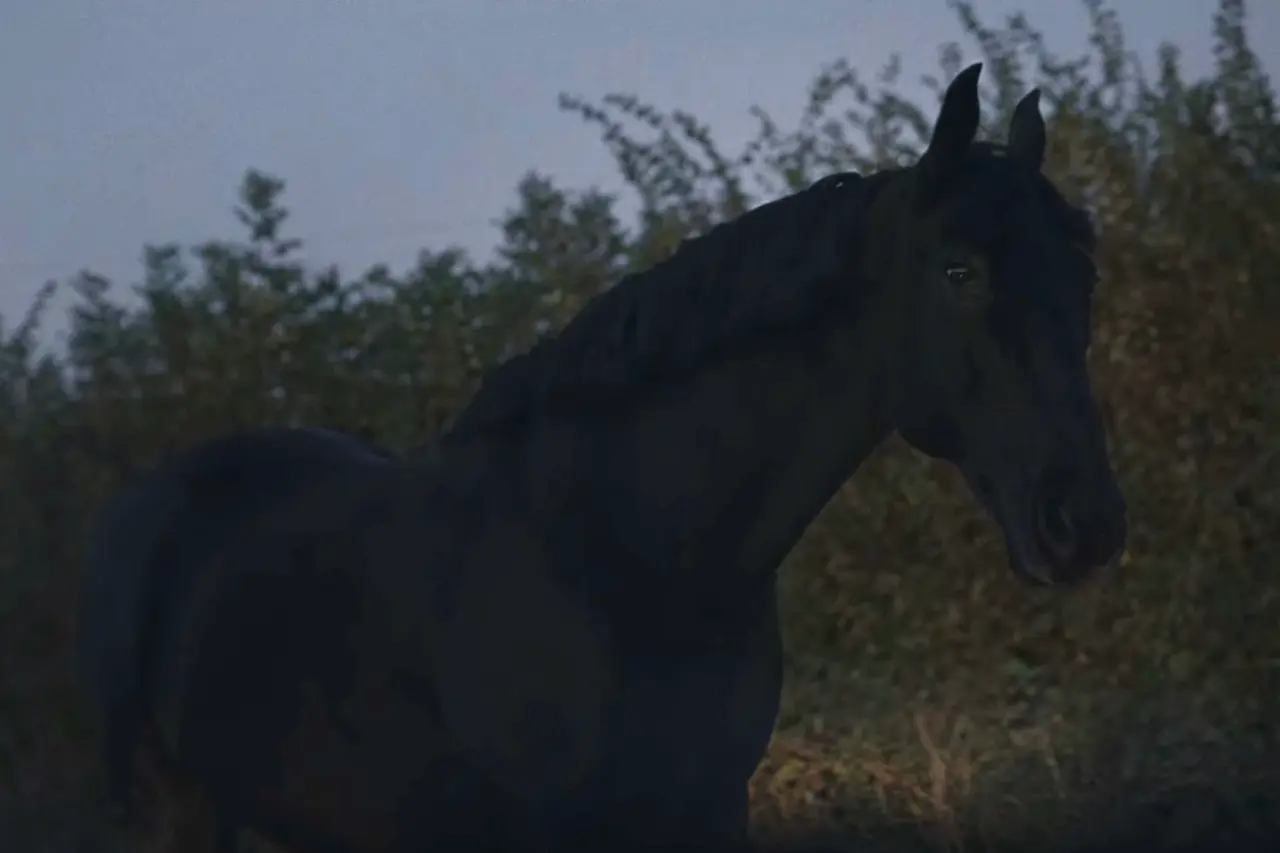“The Nest“ is a psychological movie, directed by Sean Durkin, that came out in 2020 but got more attention when it was added to Netflix in 2024. It stars Jude Law and Carrie Coon and has a tense and thought-provoking plot. tvacute deep looks at “The Nest,” a movie that unfolds like a mysterious puzzle.
The story of the movie The Nest:
‘The Nest’ is set in New York in the 1980s and follows the lives of two people, British Rory (Jude Law) and American Allison O’Hara (Carrie Coon). At first, they were having a nice upper-middle-class life with their kids. But when Rory says he wants to move to London, everything changes in a big way. Rory uproots his family and takes them to a grand but scary mansion in the English countryside because he sees a great business chance.
As things change, the movie introduces us to Allison’s loving horse, Richmond. Richmond becomes a powerful symbol for Allison’s freedom, comfort, and sense of belonging. As Rory’s business choices fall apart, their lives become less stable. The horse goes through a rough journey that ends with a mysterious and symbolic death, which is a reflection of Allison’s own suppressed pain.
‘The Nest’ Dead Horse Scene Explained!
The scene with the dead horse is a key and haunting part of Sean Durkin’s “The Nest.” It leaves an indelible mark on the story. The family’s finances are getting worse at the same time that the horse’s fate is unraveling. Checks bounced and promises of a windfall were signs that Rory was making bad business choices, which led to a string of bad luck. The horse has nowhere warm to go because the building of a new barn, which would be a sign of stability and growth, has been put on hold.
Allison finds out about the financial disaster they are falling into while she is dealing with her husband’s dishonest behavior. In its pain, the horse represents Allison’s unmet needs and the way their lives are losing their security. The scene’s symbolic weight grows even stronger when, in a heartbreaking turn of events, the horse falls while Allison is riding it, having a seizure that kills it.
What makes this scene even more moving is that the farmer chose to kill the horse that was in pain. The farmer, who represents an objective truth, acts as a compassionate being and eases the horse’s pain. This act is like the harsh facts that the family has to face: they have to face their problems head-on, no matter how painful it is.
The mysterious death of the horse becomes a powerful symbol of how Allison has put her husband’s wants and freedoms ahead of her own. The horse’s death represents the end of a part of their life, and problems that were buried come up again after death, just like the horse’s body was only partly buried.
The dead horse scene in “The Nest” is more than just what it seems to be. It captures the emotional and symbolic weight of a family in crisis, dealing with broken dreams and the painful knowledge that some parts of their lives will never come back. This scene echoes the movie’s main idea, which is that people have to face their demons and move on, no matter how painful the trip may be.
